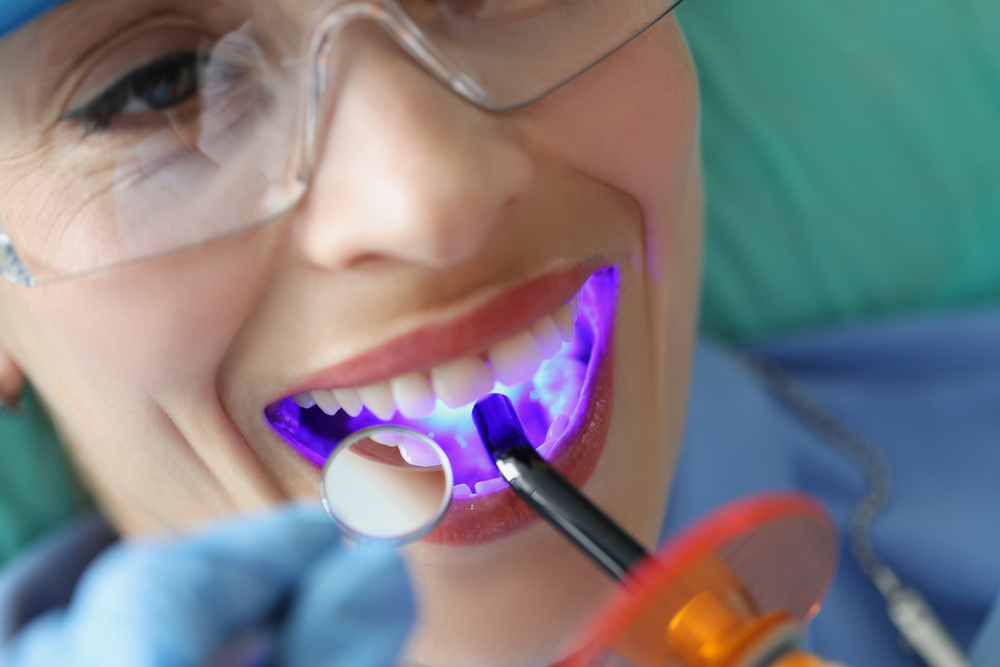
Dental Sealants Longevity: How Long Do They Last?
Dental Sealants Longevity
Dental sealants longevity is a topic of interest for many individuals seeking to maintain their oral health. Dental sealants are thin, protective coatings applied to the chewing surfaces of the back teeth, primarily the molars and premolars. These sealants act as a barrier, protecting the enamel from plaque and acids that can lead to cavities. By covering the grooves and depressions in the teeth, dental sealants help prevent food particles and bacteria from settling in these hard-to-clean areas. Understanding the definition of dental sealants is crucial for those considering this preventive measure. The application process is quick and painless, making it an attractive option for both children and adults. For more detailed information on what to expect during the application, you can refer to the Dental Sealants Procedure: What to Expect at Your Appointment. While dental sealants longevity can vary, they are generally effective for several years, providing a long-term solution for cavity prevention.
Purpose of Dental Sealants
Dental sealants serve as a protective barrier for teeth, primarily designed to prevent decay and cavities. They are typically applied to the chewing surfaces of the back teeth, where grooves and pits are more susceptible to plaque accumulation. By sealing these vulnerable areas, dental sealants help maintain oral health and contribute to the overall longevity of teeth. This preventive measure is especially beneficial for children and teenagers, who are more prone to cavities. The application of dental sealants is a straightforward process that can significantly impact dental sealants longevity. By reducing the risk of decay, sealants play a crucial role in preserving the natural structure of teeth over time. For those interested in learning more about how dental sealants can benefit oral health, the Tigard Dental Sealant Experts provide valuable insights and information on their website.
Application Process Overview
The application process for dental sealants is a straightforward procedure that plays a crucial role in dental sealants longevity. It begins with a thorough cleaning of the teeth to ensure a clean surface for the sealant to adhere to. Once cleaned, the teeth are dried, and an acidic solution is applied to roughen the surface, enhancing the bond between the tooth and the sealant. After rinsing and drying the teeth again, the dental sealant is carefully painted onto the chewing surfaces of the teeth, where it hardens quickly, often with the help of a special curing light. This process helps in creating a protective barrier that contributes significantly to dental sealants longevity by shielding teeth from decay.
Factors Affecting Longevity
The longevity of dental sealants can vary based on several factors, including the patient's oral hygiene habits, the type of sealant material used, and the skill of the dental professional applying them. Regular dental check-ups and the natural wear and tear from chewing can also influence how long sealants last. Environmental factors, such as diet and exposure to certain foods and drinks, may further impact their durability. For more information on dental sealants longevity, visit Tualatin Valley Dental, your trusted Tigard Dentist.
Average Lifespan of Sealants
Dental sealants longevity is a topic of interest for many individuals seeking to maintain their oral health. On average, dental sealants can last anywhere from five to ten years, depending on various factors such as oral hygiene practices and the natural wear and tear from chewing. While they are designed to be durable, regular dental check-ups can help monitor their condition and ensure they continue to provide effective protection against cavities.
Common Causes of Wear
Dental sealants longevity can be affected by various factors that contribute to their wear over time. One common cause is the natural wear and tear from daily activities such as chewing and grinding, which can gradually erode the protective layer. Additionally, the consumption of hard or sticky foods can accelerate the deterioration process. Poor oral hygiene practices may also lead to plaque buildup, which can undermine the sealant's effectiveness. Furthermore, the natural changes in the mouth's environment, such as shifts in pH levels or saliva composition, can impact the durability of dental sealants.
Maintenance and Care Practices
Proper maintenance and care practices play a crucial role in enhancing dental sealants longevity. Regular dental check-ups are essential to monitor the condition of the sealants and ensure they remain intact. Maintaining good oral hygiene, including brushing and flossing, helps in preserving the effectiveness of dental sealants by preventing plaque buildup. Avoiding habits that can damage teeth, such as chewing on hard objects, also contributes to the durability of sealants. By focusing on these practices, individuals can support the long-lasting benefits of dental sealants.
Signs of Sealant Deterioration
Understanding the signs of sealant deterioration is crucial for maintaining dental sealants longevity. Over time, dental sealants may begin to show signs of wear and tear, such as chipping, cracking, or complete loss of the sealant material. These changes can compromise the protective barrier that sealants provide against cavities. Additionally, if food particles or plaque start accumulating in areas where the sealant has worn away, it may indicate that the sealant is no longer effectively protecting the tooth surface. Regular dental check-ups can help monitor these signs and ensure that dental sealants continue to serve their purpose effectively.
Professional Evaluation Frequency
Regular professional evaluations play a crucial role in assessing dental sealants longevity. During these evaluations, dental professionals can monitor the condition of the sealants and determine if they are still effectively protecting the teeth. This ongoing assessment helps ensure that any wear or damage is identified early, maintaining the sealants' protective benefits over time.
Conclusion
Understanding dental sealants longevity is crucial for maintaining oral health. For more information, call us at 503-620-6133 or check out our Google Maps reviews.


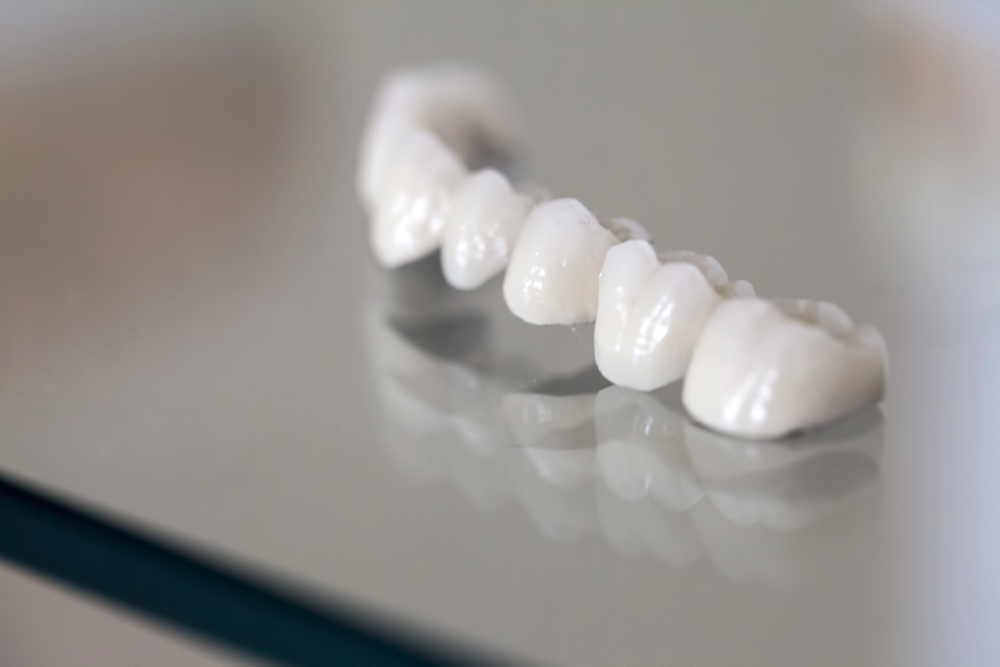



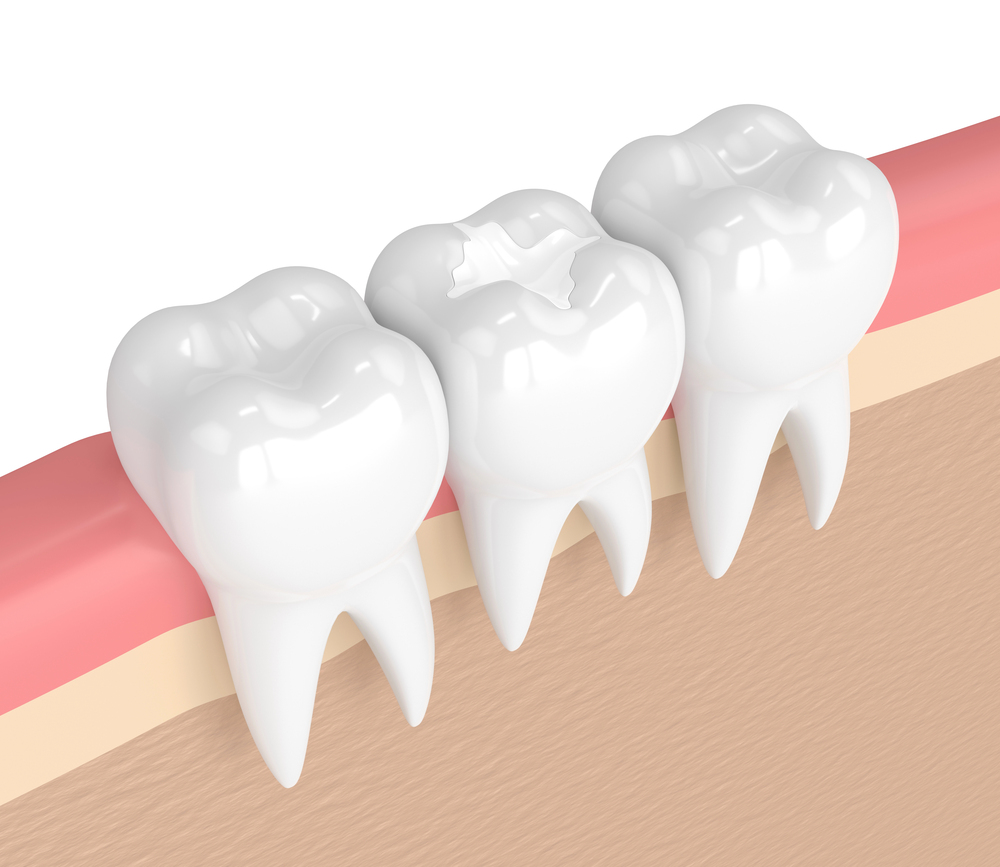
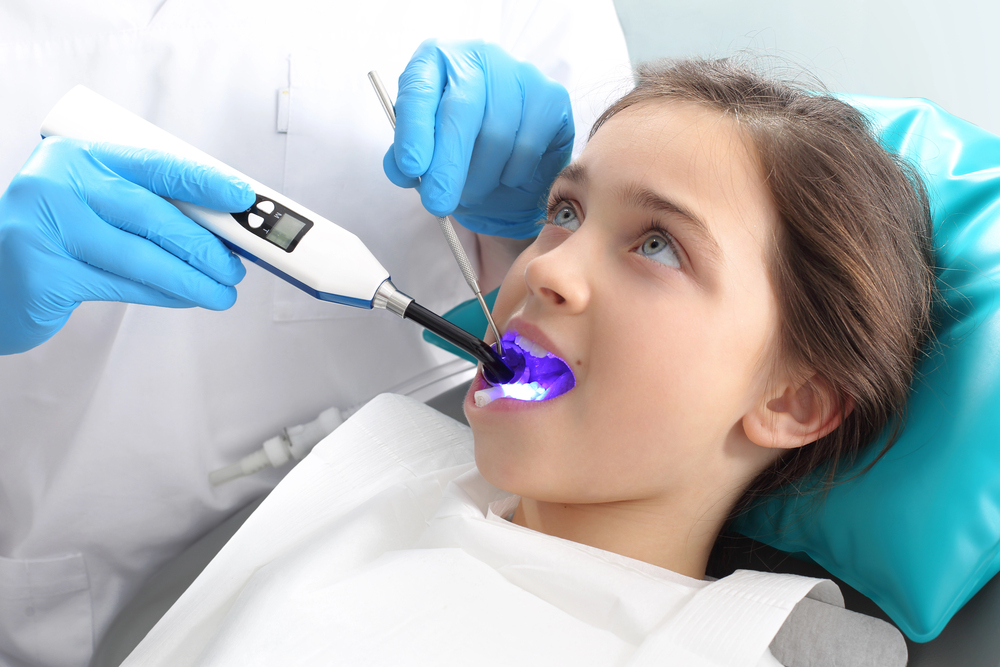
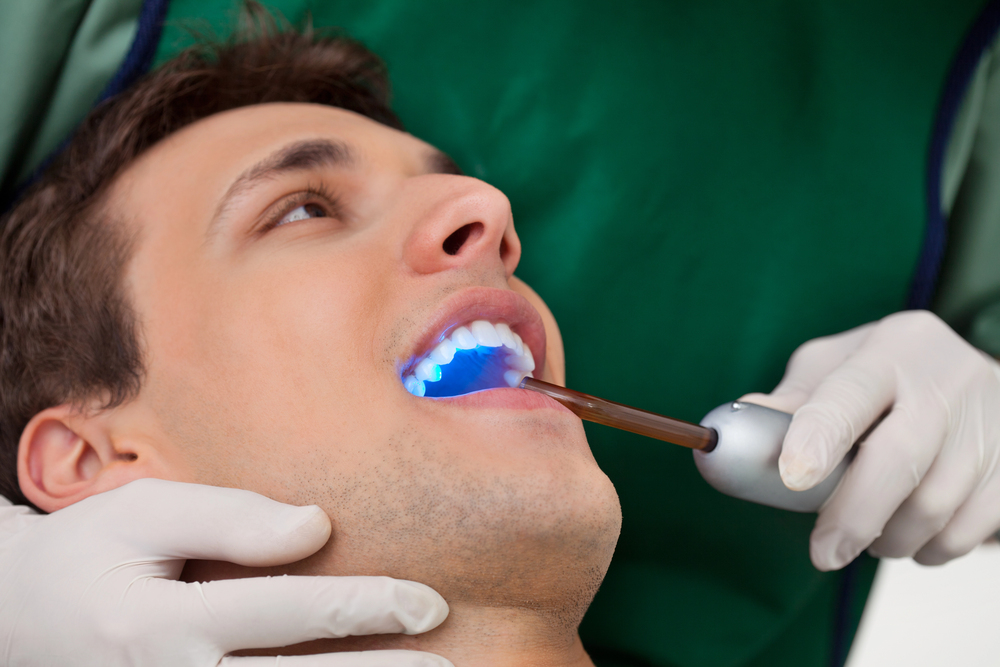





















.jpg)



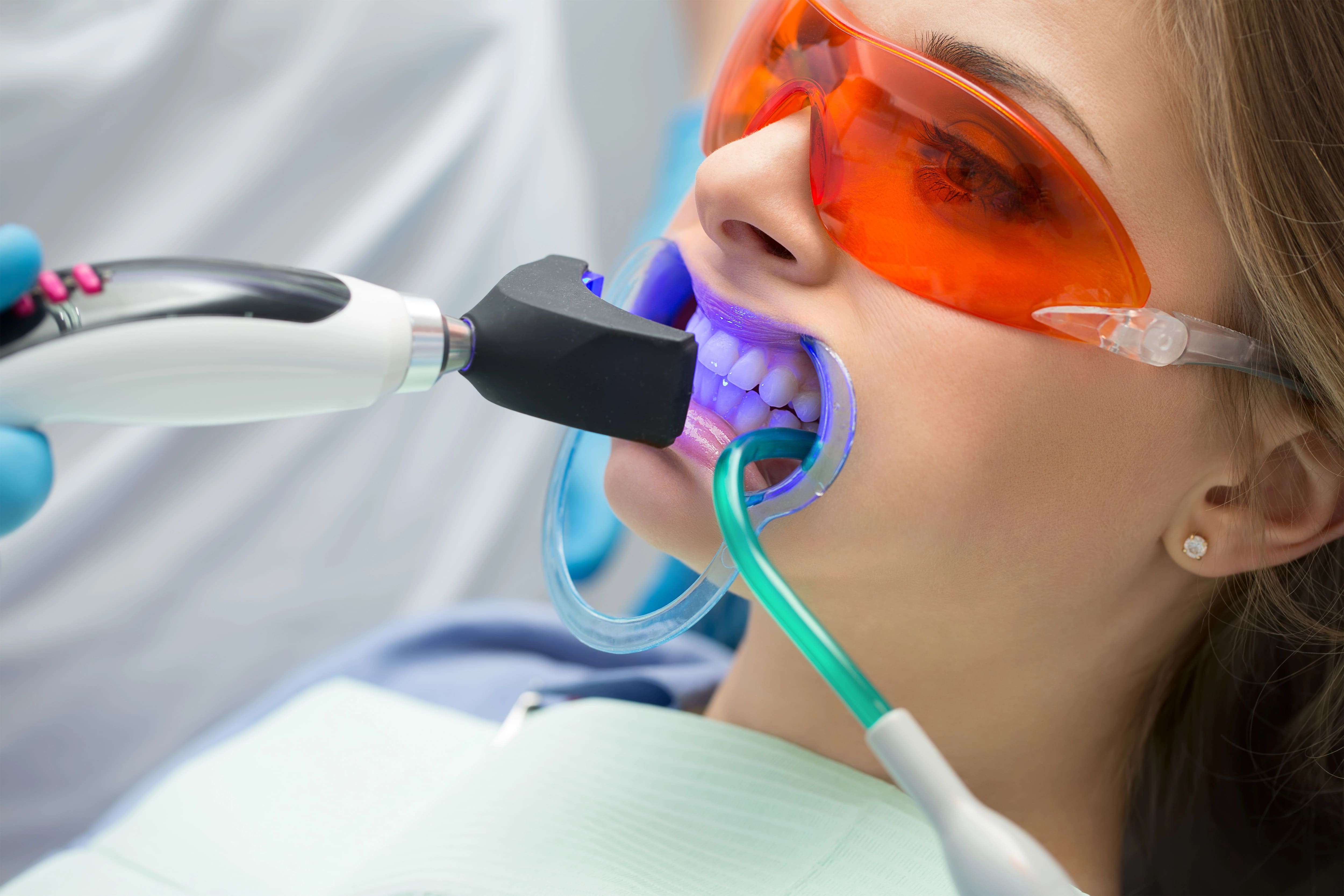

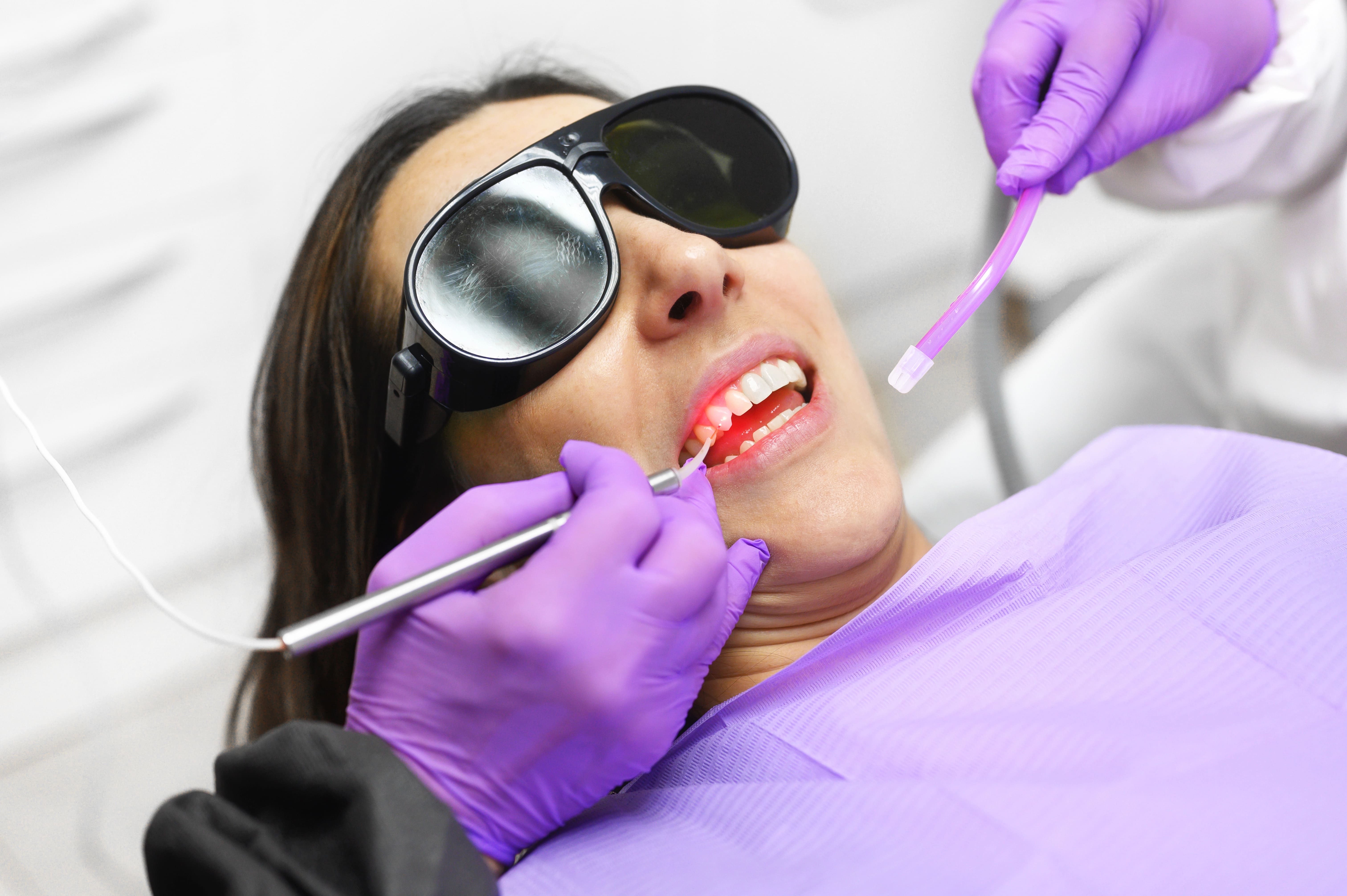
.jpg)
.jpg)
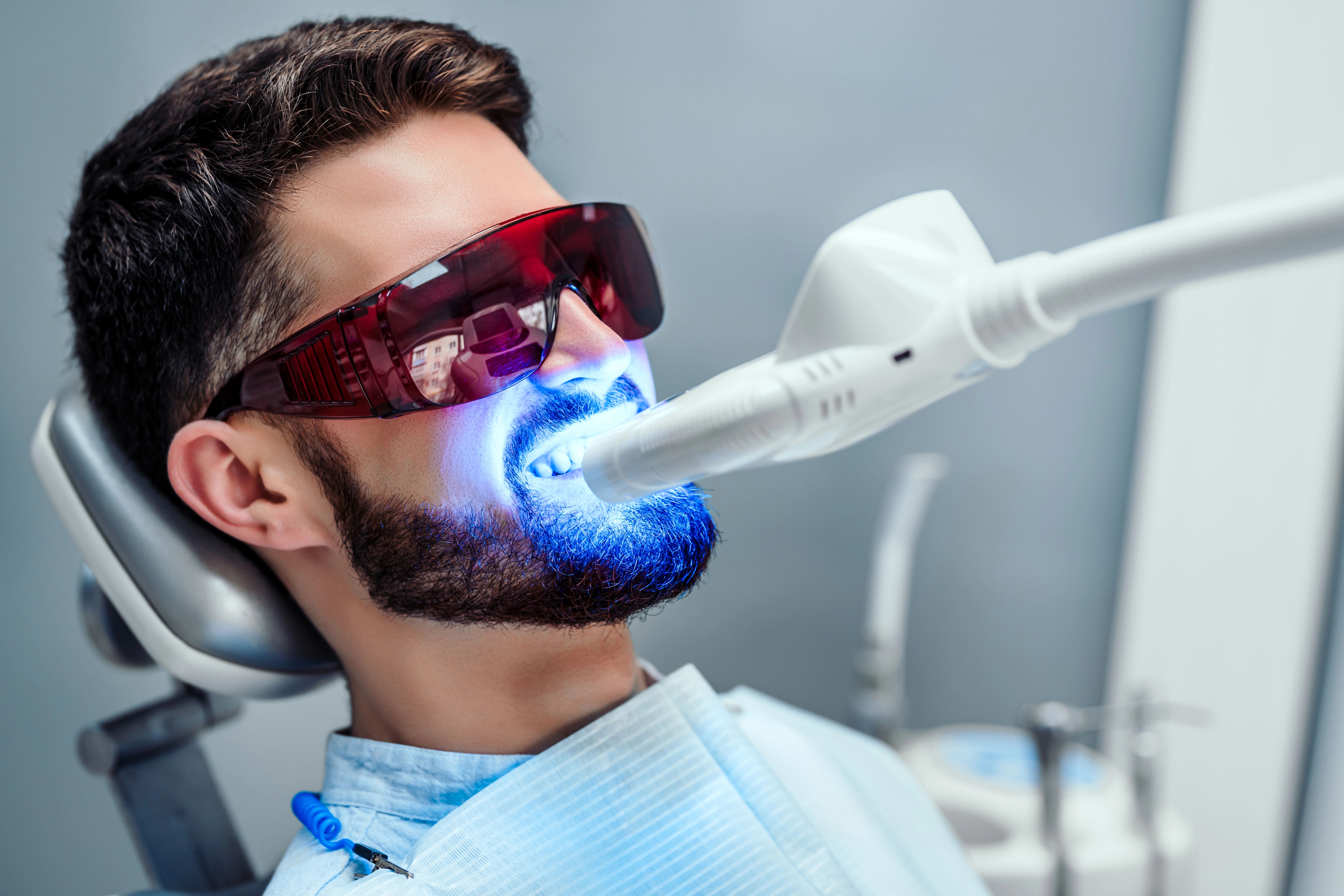
.jpg)
.jpg)
.jpg)
.jpg)
.jpg)
.jpg)
.jpg)
.jpg)
